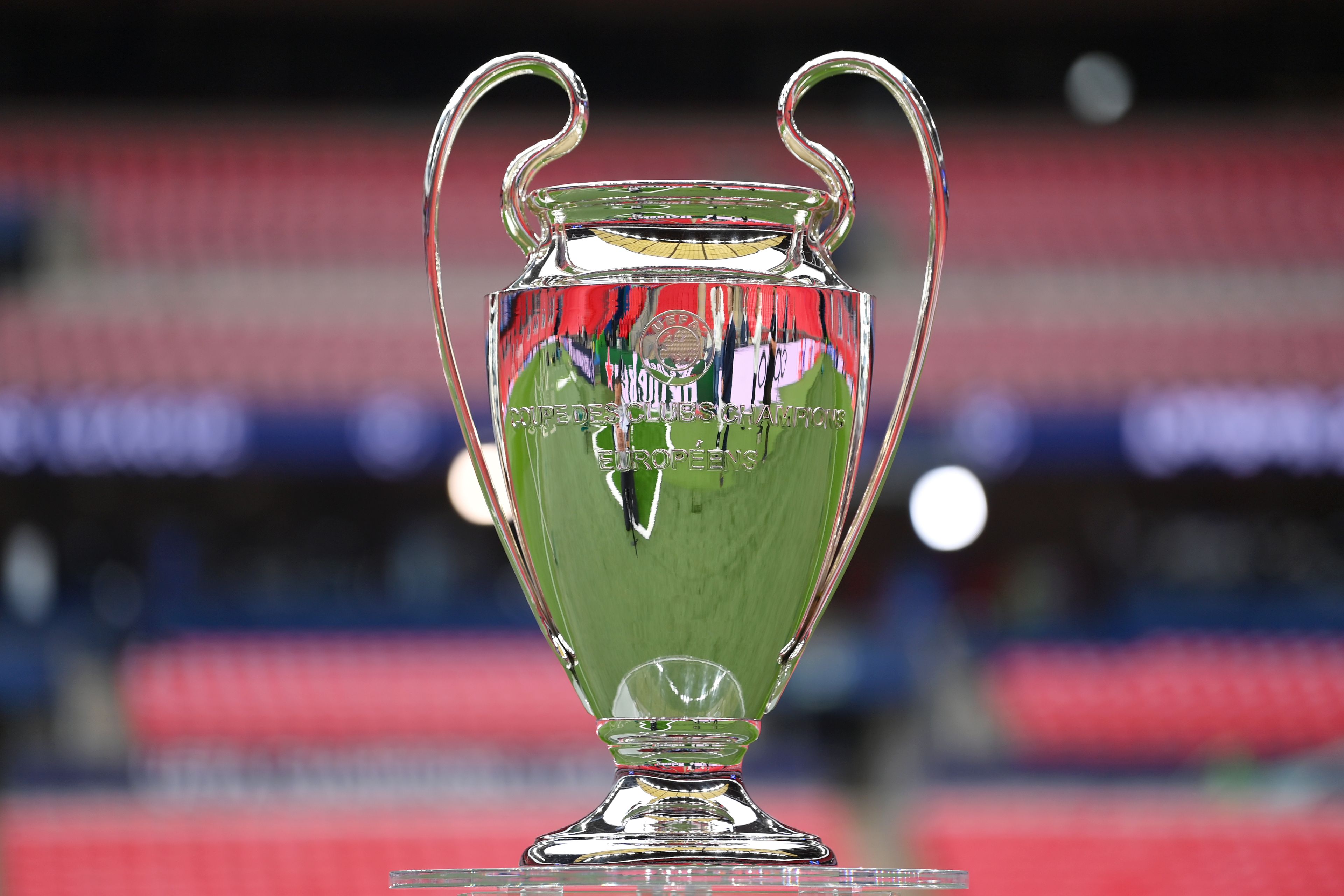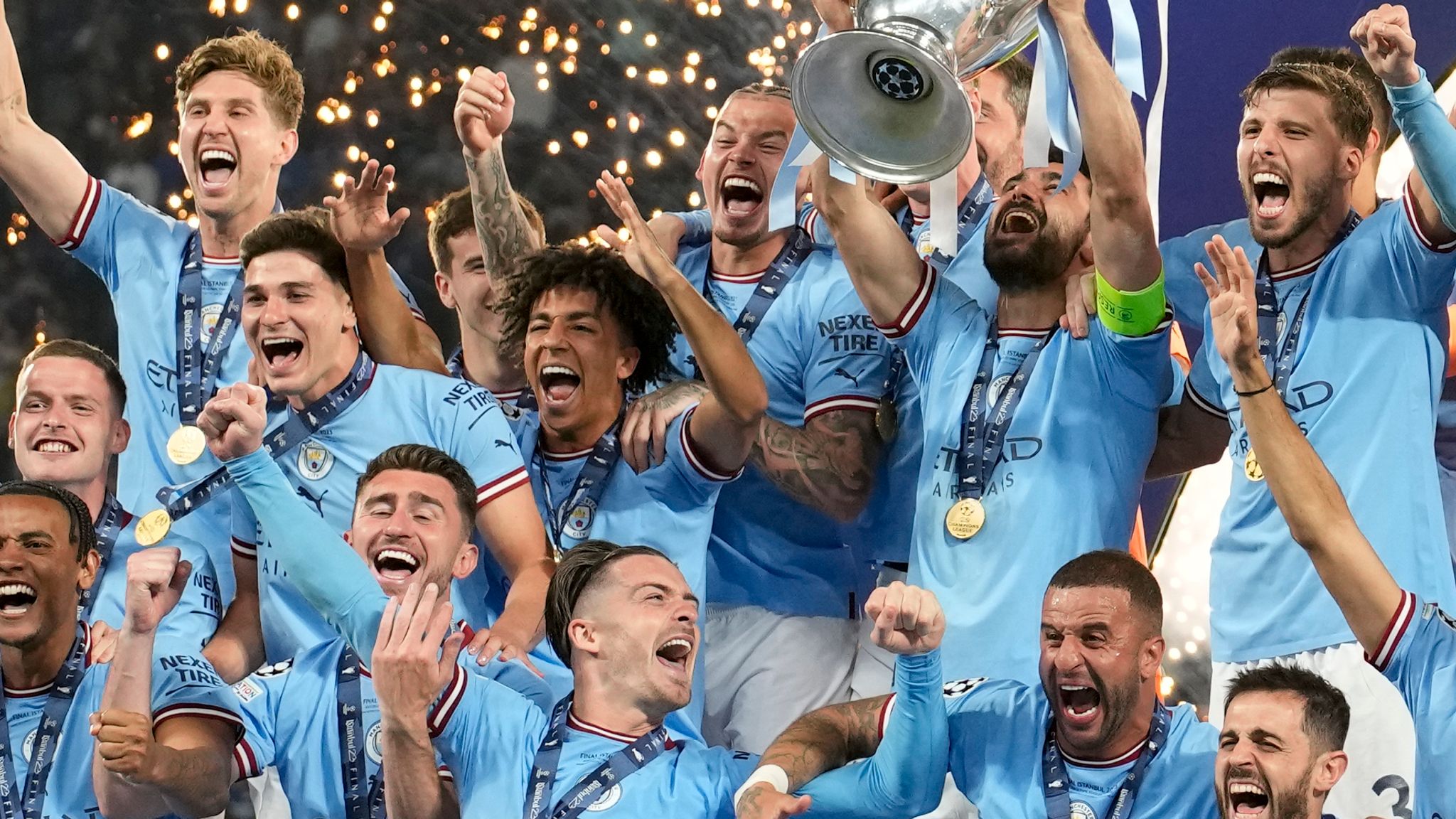
The Anatomy of Immortality: Dissecting Champions League Title-Winning Squads
The UEFA Champions League, the pinnacle of European club football, is more than just a tournament; it’s a crucible where legends are forged and dreams are realized. Since its inception as the European Cup in 1955, and its rebranding in 1992, the competition has witnessed an array of triumphant squads, each etching their unique narrative into the annals of football history. What separates these elite collectives from the countless hopefuls? Is it sheer individual brilliance, tactical genius, unwavering team spirit, or a serendipitous blend of all? Dissecting the anatomy of Champions League title-winning squads reveals a complex tapestry of strategic foresight, relentless execution, and an almost mythical ability to perform under the most intense pressure.
From the pioneering dominance of Real Madrid in the 1950s to the modern tactical masterpieces, the evolution of the Champions League winner reflects the broader evolution of football itself. The early European Cup was often a stage for individual superstars and pioneering club structures. Real Madrid’s initial five consecutive titles (1956-1960) established a benchmark of excellence that remains unparalleled. Led by the ethereal Alfredo Di Stéfano and the prolific Ferenc Puskás, their squad was a constellation of stars playing a free-flowing, attacking brand of football that simply overwhelmed opponents. Their success wasn’t merely about talent; it was about establishing a winning culture and a psychological edge that made them almost invincible.
The 1960s and 70s saw the rise of more tactically sophisticated sides. Helenio Herrera’s "Grande Inter" (1964, 1965) exemplified the power of catenaccio – a defensive, counter-attacking system that prioritized solidity and clinical finishing. Their disciplined backline and the lightning-fast breaks orchestrated by players like Sandro Mazzola showcased that success could be built on defensive prowess as much as offensive flair. Following them, the Ajax of the early 1970s, under Rinus Michels and later Stefan Kovacs, redefined football with their "Total Football" philosophy. With Johan Cruyff as their orchestrator, every player was expected to be comfortable in any position, creating fluid movement and overwhelming numerical superiority. Their three consecutive titles (1971-1973) proved that tactical innovation and collective understanding could dismantle traditional formations. Bayern Munich, immediately after Ajax, mirrored their success with three consecutive wins (1974-1976), led by the iconic Franz Beckenbauer. This Bayern side, while not as revolutionary as Ajax, combined German efficiency, immense physical power, and the genius of players like Gerd Müller, demonstrating that a strong spine and relentless determination were paramount.
The late 1970s and early 80s belonged to Liverpool, who under Bob Paisley, became a European juggernaut, winning four titles in eight years (1977, 1978, 1981, 1984). Their success was built on a blend of tactical intelligence, incredible squad depth, and a unique ability to integrate new talent seamlessly. Players like Kenny Dalglish, Graeme Souness, and Alan Hansen formed the core of a team that epitomized resilience and a potent attacking threat, showcasing the importance of continuity and a strong club identity.
The dawn of the Champions League era in 1992 brought a new level of competition and commercialization. The format changes, including group stages and more knockout rounds, demanded deeper squads and consistent performance over longer periods. AC Milan’s "Dream Team" of the late 1980s and early 90s, managed by Arrigo Sacchi and later Fabio Capello, offered a masterclass in organized pressing and zonal marking. With a legendary defensive line of Maldini, Baresi, Costacurta, and Tassotti, coupled with the attacking prowess of the Dutch trio Gullit, Van Basten, and Rijkaard, Sacchi’s Milan (1989, 1990) set a new standard for tactical synchronization and collective intensity. Capello’s iteration (1994) famously dismantled Barcelona’s "Dream Team" 4-0, highlighting the power of defensive solidity and rapid transitions against even the most flamboyant attacking sides.
The late 1990s and early 2000s witnessed a more diverse set of winners, often characterized by a blend of star power and strategic brilliance. Manchester United’s treble-winning side of 1999, under Sir Alex Ferguson, was a testament to never-say-die attitude and incredible squad depth, exemplified by their dramatic injury-time comeback against Bayern Munich. Real Madrid’s "Galácticos" era in the early 2000s, with multiple winners (1998, 2000, 2002), was built on assembling the biggest names in world football – Zidane, Figo, Ronaldo, Beckham. While often criticized for lacking defensive balance, their individual brilliance and big-game mentality frequently carried them through.
However, it was Pep Guardiola’s Barcelona that perhaps set the most significant modern benchmark. Winning in 2009 and 2011, this team, built around the La Masia philosophy and the genius of Lionel Messi, Xavi, and Andrés Iniesta, perfected "Tiki-Taka." Their overwhelming possession, intricate passing, and high pressing suffocated opponents, transforming football into a beautiful, almost hypnotic art form. They demonstrated that a clear, consistent philosophy, honed through years of youth development, could lead to unprecedented dominance.
The 2010s saw a fascinating interplay of different winning formulas. José Mourinho’s Inter Milan (2010) showcased the power of pragmatic, defensive organization combined with devastating counter-attacking prowess, masterfully neutralizing Barcelona in the semi-finals. Bayern Munich (2013, 2020) demonstrated the strength of a well-oiled machine, combining world-class talent with exceptional tactical flexibility under Jupp Heynckes and Hansi Flick respectively. Their 2020 triumph, achieved during the pandemic-affected season, highlighted the importance of physical conditioning and mental resilience in unprecedented circumstances.
Perhaps the most remarkable modern dynasty belongs once again to Real Madrid, who achieved an unprecedented three consecutive titles from 2016 to 2018 under Zinedine Zidane, followed by another in 2022 under Carlo Ancelotti. This era was not defined by a single tactical system but by an incredible blend of experienced, world-class players (Ronaldo, Ramos, Modric, Kroos, Benzema), clutch individual performances, and an unparalleled winning mentality. They possessed an uncanny ability to navigate difficult situations, often finding a way to win even when outplayed, showcasing the immense value of big-game players and a deep-seated belief in their own destiny.
More recently, Jürgen Klopp’s Liverpool (2019) brought "Gegenpressing" to its peak, combining relentless intensity, blistering attacking speed, and a rock-solid defense led by Virgil van Dijk. Their high-octane style and emotional connection with their fans embodied a new form of modern success. Finally, Pep Guardiola’s Manchester City (2023) represented the culmination of years of tactical refinement and significant investment. Their victory showcased a sophisticated brand of positional play, defensive solidity, and the sheer depth of a squad packed with world-class talent, finally conquering Europe after years of trying.
In dissecting these champions, several common threads emerge. Firstly, managerial vision and adaptability are crucial. Whether it’s the revolutionary ideas of Michels and Sacchi, the pragmatic genius of Mourinho, or the evolving philosophies of Guardiola and Klopp, the manager’s ability to shape a team and react to in-game situations is paramount. Secondly, a strong spine is non-negotiable – an elite goalkeeper, dominant central defenders, intelligent central midfielders, and a prolific striker often form the backbone of a winning side. Think Casillas/Ramos/Modric/Ronaldo for Real Madrid, Neuer/Boateng/Kimmich/Lewandowski for Bayern, or Alisson/Van Dijk/Fabinho/Salah for Liverpool.
Thirdly, squad depth and versatility have become increasingly important in the modern era. The demands of multiple competitions and the tactical flexibility required to overcome diverse opponents necessitate a deep bench of quality players who can step in and perform at the highest level. Finally, and perhaps most intangibly, is mental fortitude and experience. Many champions have demonstrated an almost supernatural ability to perform under pressure, to find a way to win when the odds are stacked against them, or to recover from setbacks. This resilience, often cultivated through past successes and failures, is what truly separates the eternal champions from the fleeting contenders.
The Champions League continues to evolve, pushing the boundaries of tactics, athleticism, and financial investment. Yet, the core ingredients for success remain remarkably consistent: a blend of individual brilliance harnessed by a coherent team structure, guided by visionary leadership, and underpinned by an unyielding desire to conquer Europe. Each title-winning squad offers a unique lesson in the beautiful game, proving that while the path to immortality may vary, the destination is always the same – a place among the legends of football.


